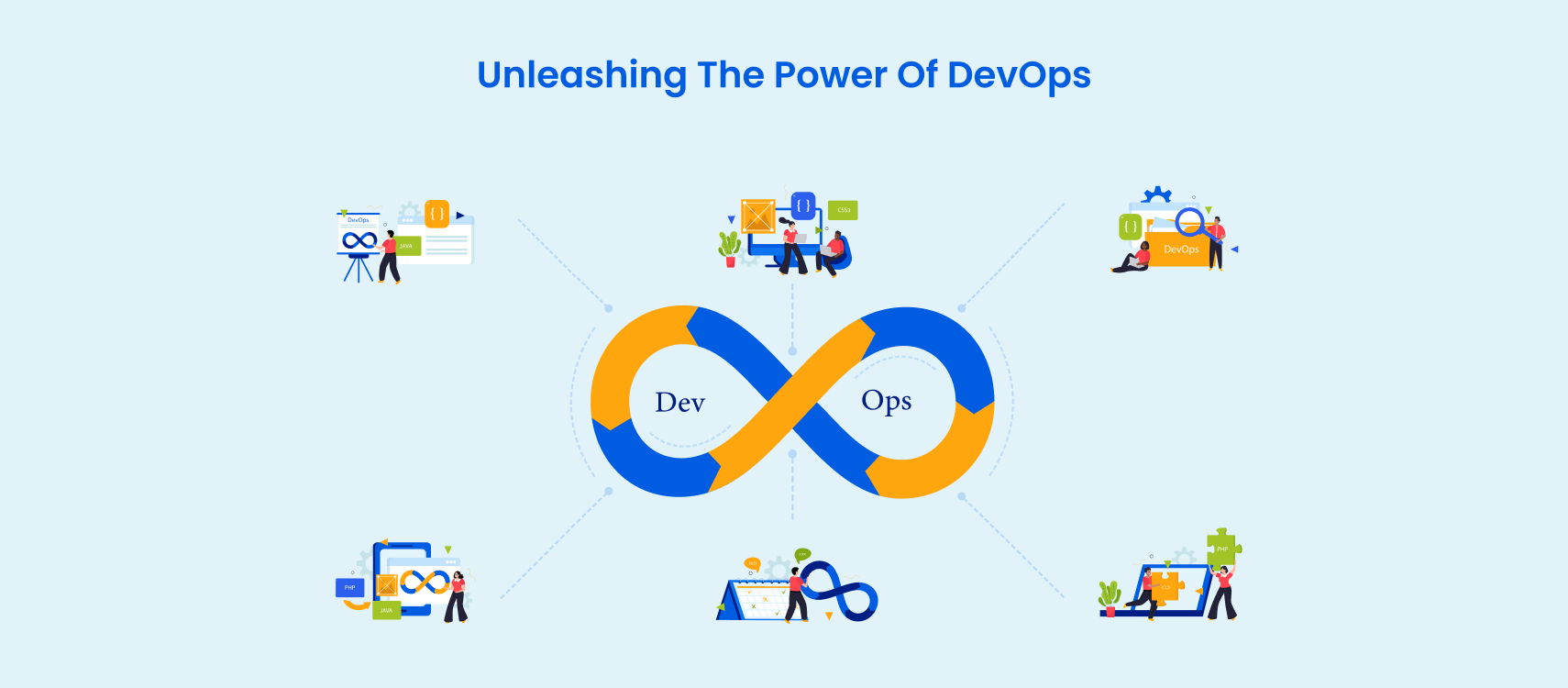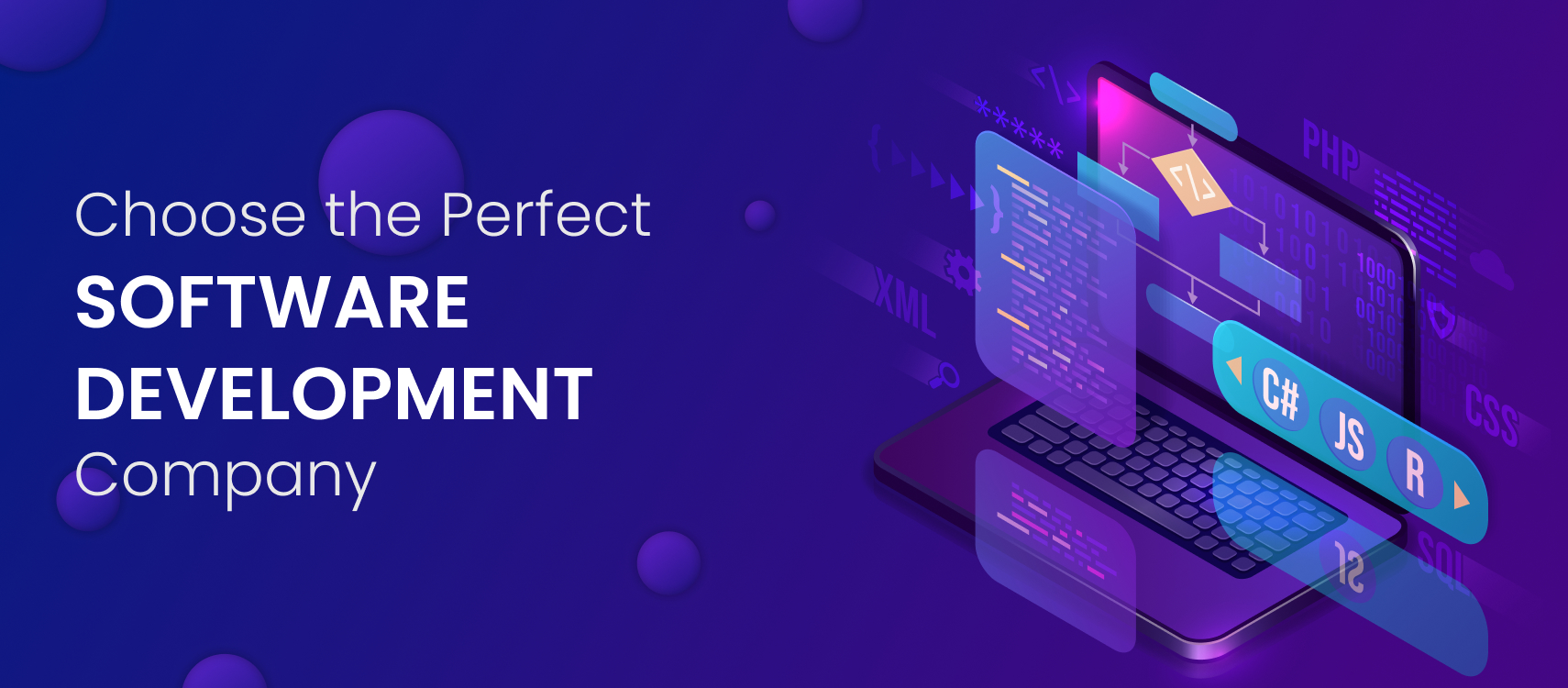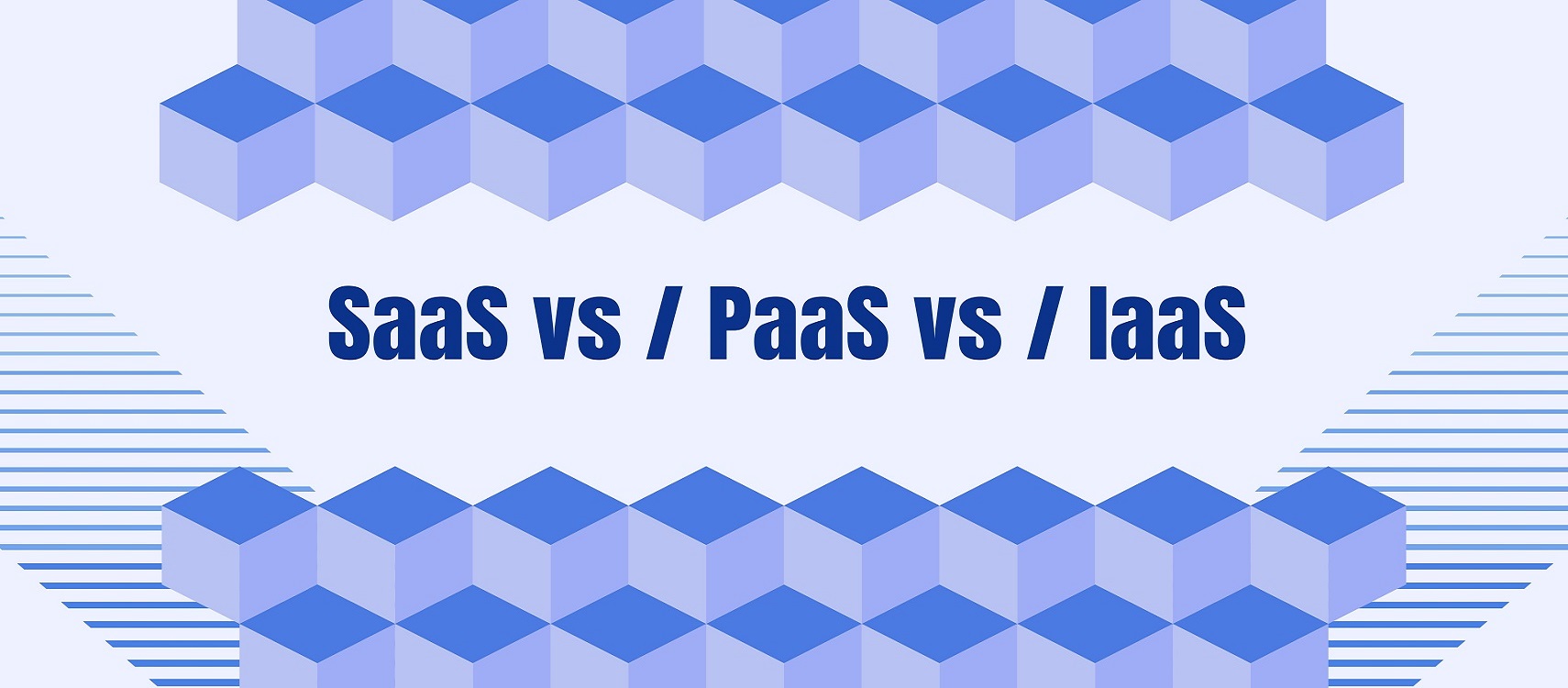Table of Contents
- DevOps as a Culture, Not Just a Practice
- Shift-Left Security
- Infrastructure as Code (IaC)
- GitOps: Git-Based Operations
- Observability and AIOps
- Summarising
DevOps, a fusion of Development and Operations, has revolutionized the software development landscape. Its core principles of collaboration, automation, and continuous improvement have enabled organizations to deliver high-quality software at an unprecedented pace. However, as technology evolves, so too must DevOps best practices.
In this blog post, we are going to explore the latest and innovative approaches that help bringing out the full potential of DevOps.
DevOps as a Culture, Not Just a Practice
One of the fundamental shifts in recent DevOps approaches is the recognition that DevOps is not merely a set of practices but a cultural transformation. Organizations are realizing that successful DevOps adoption goes beyond automation and tooling; it requires a shift in mindset and behavior across the entire organization.
DevOps as a culture emphasizes collaboration, transparency, and shared responsibility. It fosters a culture of continuous learning and improvement, where teams are encouraged to take ownership of the entire software delivery process. This cultural shift encourages cross-functional teams, including developers, operations, quality assurance, and security, to work together seamlessly.
By embracing DevOps methodology as a culture, organizations break down silos, reduce friction between teams, and create an environment where innovation and agility thrive. It’s not just about implementing the latest tools; it’s about nurturing a culture of collaboration and continuous improvement that permeates every aspect of the development process.
Shift-Left Security
Security has become a paramount concern in today’s digital landscape. Traditional approaches to security, which involve scanning for vulnerabilities late in the development process or even after deployment, are no longer sufficient. DevOps has introduced the concept of ‘shift-left’ security, which means integrating security practices and testing earlier in the software development lifecycle.
By embedding security into the DevOps pipeline from the very beginning, organizations can identify and remediate vulnerabilities at a much earlier stage, reducing the risk of security breaches. This approach includes practices such as code analysis, vulnerability scanning, and automated security testing as integral parts of the development process.
Shift-left security not only enhances the security posture of applications but also accelerates development cycles by identifying and fixing issues early. It aligns security with DevOps development practices, making security a shared responsibility among development and operations teams. As a result, security becomes an enabler of agility rather than a bottleneck.
Infrastructure as Code (IaC)
Infrastructure as Code (IaC) is a paradigm shift in managing and provisioning infrastructure. It treats infrastructure components such as servers, networks, and databases as code, allowing them to be defined, versioned, and automated using the same principles as software code.
IaC offers several advantages in DevOps environments. It enables consistent and repeatable infrastructure deployments, eliminating configuration drift and reducing the risk of errors caused by manual configurations. Changes to infrastructure can be tracked, version-controlled, and tested just like software code changes.
Moreover, IaC integrates seamlessly with DevOps automation tools, enabling infrastructure provisioning to be a part of the continuous integration and continuous delivery (CI/CD) pipeline. This means that infrastructure changes can be tested, deployed, and scaled automatically, ensuring that development and operations teams work with a consistent and predictable environment.
GitOps: Git-Based Operations
GitOps is an emerging approach that extends the principles of version control systems like Git to the entire infrastructure and operations landscape. In a GitOps model, the desired state of infrastructure and applications is defined in Git repositories. Automation tools continuously monitor these repositories and ensure that the actual state of the infrastructure matches the desired state.
One of the key benefits of GitOps is its declarative nature. Infrastructure and application configurations are described as code in Git repositories, making it easy to understand, review, and audit changes. This approach promotes transparency and traceability, as every change is recorded in Git history.
GitOps also enhances collaboration between development and operations teams. Developers can make infrastructure changes by simply creating pull requests, and operations teams can review and merge them. This streamlined process reduces manual interventions and accelerates the deployment of changes.
Observability and AIOps
Observability is a critical aspect of modern DevOps practices. It refers to the ability to understand and monitor complex, distributed systems effectively. As applications become more distributed and microservices-oriented, traditional monitoring approaches often fall short.
To address this challenge, organizations are embracing observability practices that include monitoring, tracing, and logging. Advanced observability tools provide real-time insights into the performance and behavior of applications and infrastructure components.
Furthermore, Artificial Intelligence for IT Operations (AIOps) is gaining prominence in the DevOps landscape. AIOps leverages machine learning and analytics to automate various aspects of IT operations, including monitoring, event correlation, and anomaly detection.
AIOps can proactively identify and resolve issues before they impact users, helping organizations achieve higher system reliability and availability. By harnessing the power of AI and machine learning, DevOps teams can gain deeper insights into system behavior, predict potential problems, and optimize performance.
DevOps and Incremental Development
Incremental development is an approach that involves breaking down a large project into smaller, manageable parts and developing them in stages. Each stage, or increment, adds new functionality or features to the existing system. The key advantage of incremental development is that it allows for flexibility, adaptability, and the ability to respond to changing requirements more effectively.
DevOps aligns seamlessly with the principles of incremental development, enhancing its effectiveness in several ways:
-
Continuous Integration (CI):
CI is a core DevOps practice that involves frequently integrating code changes into a shared repository. In an incremental development context, CI ensures that each increment of code is continuously integrated and tested, minimizing the chances of integration issues later in the project.
-
Continuous Delivery (CD):
CD extends CI by automating the deployment process. With DevOps, each increment can be automatically deployed to a staging environment, allowing stakeholders to review and provide feedback early in the development cycle. This promotes transparency and accelerates the feedback loop.
-
Rapid Feedback:
Incremental development relies on obtaining rapid feedback from users and stakeholders. DevOps practices, such as automated testing and continuous monitoring, enable teams to gather feedback on each increment quickly. This feedback loop helps identify and address issues early, ensuring that subsequent increments align with user expectations.
-
Scalability:
As the project progresses through increments, scalability requirements may evolve. DevOps practices support dynamic scaling of infrastructure and applications, enabling teams to adapt to changing demands easily. Whether it’s scaling up for increased user load or scaling down during periods of low activity, DevOps provides the necessary agility.
Summarising
DevOps, as a cultural shift and a set of innovative approaches, continues to shape the way organizations develop, deliver, and operate software. These new approaches not only enhance agility, scalability, and collaboration but also enable organizations to respond more effectively to the evolving demands of the digital landscape.










